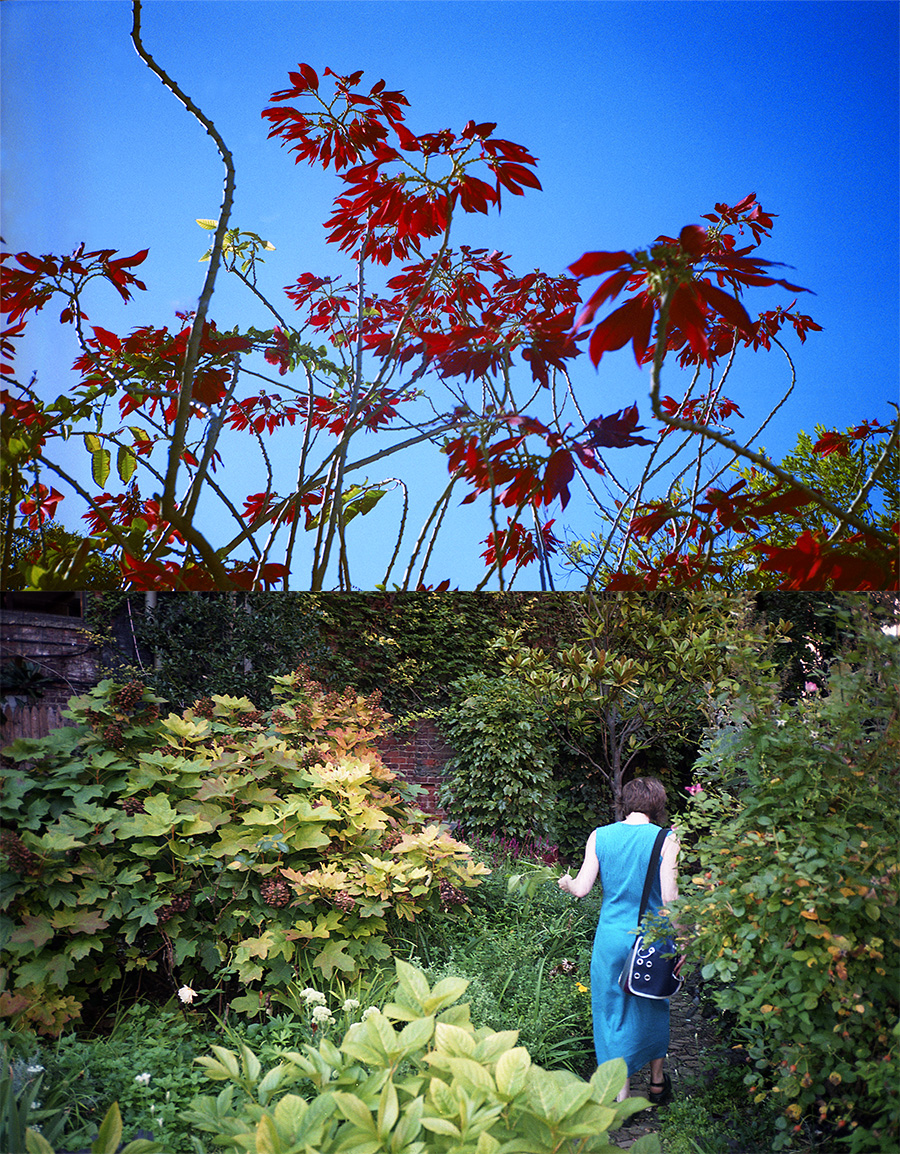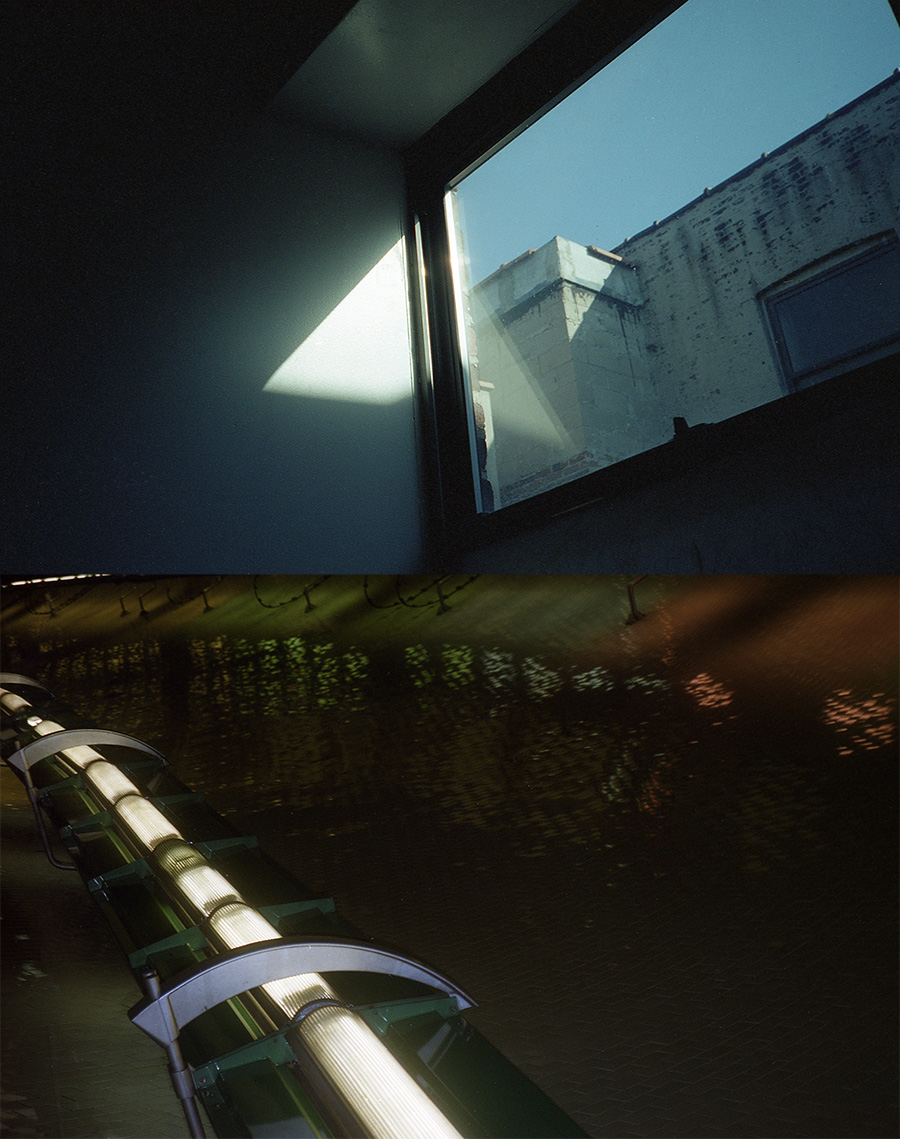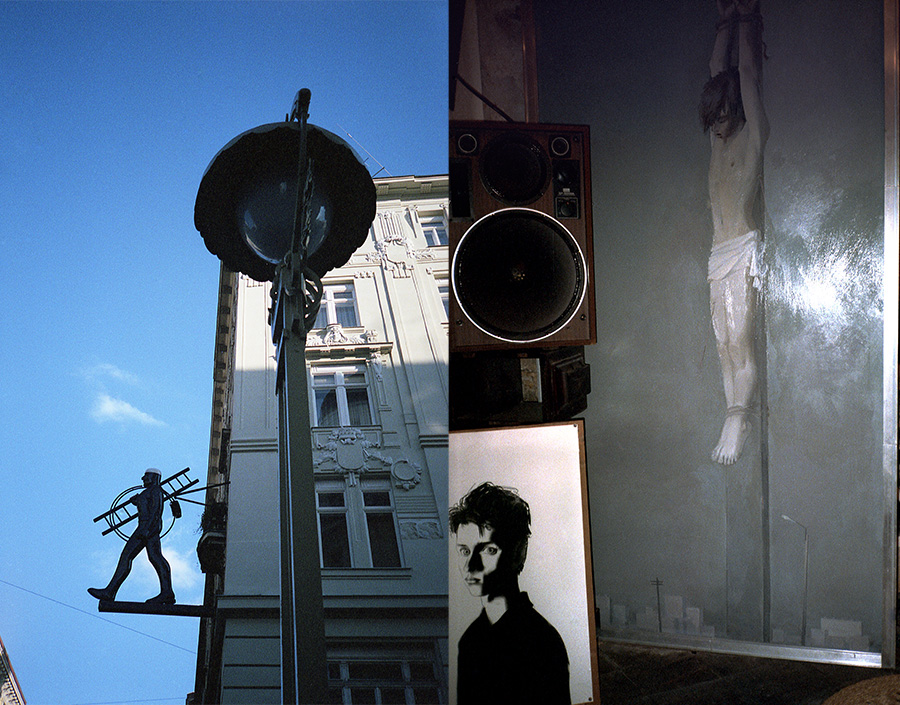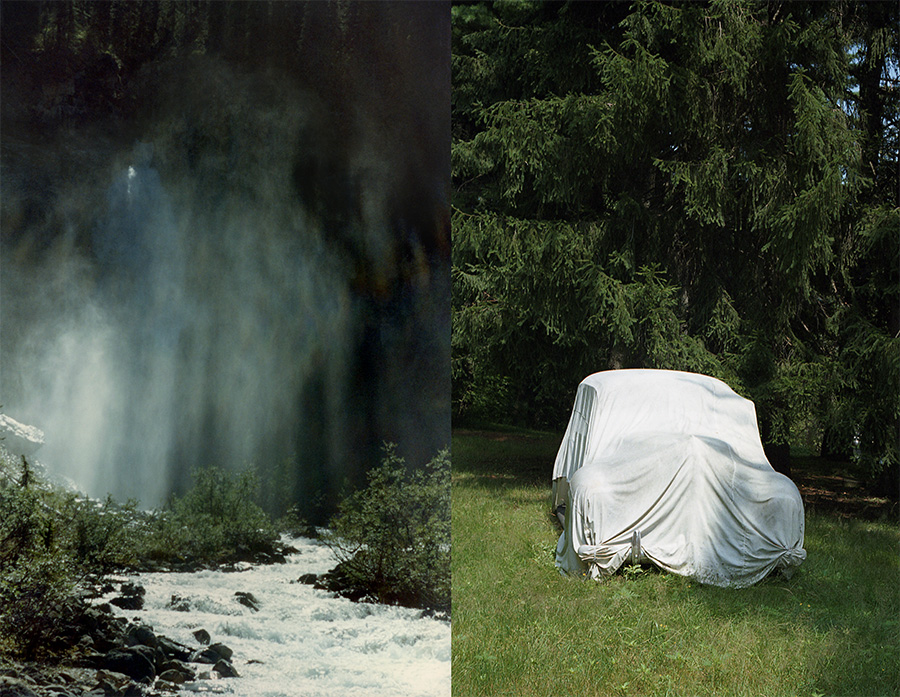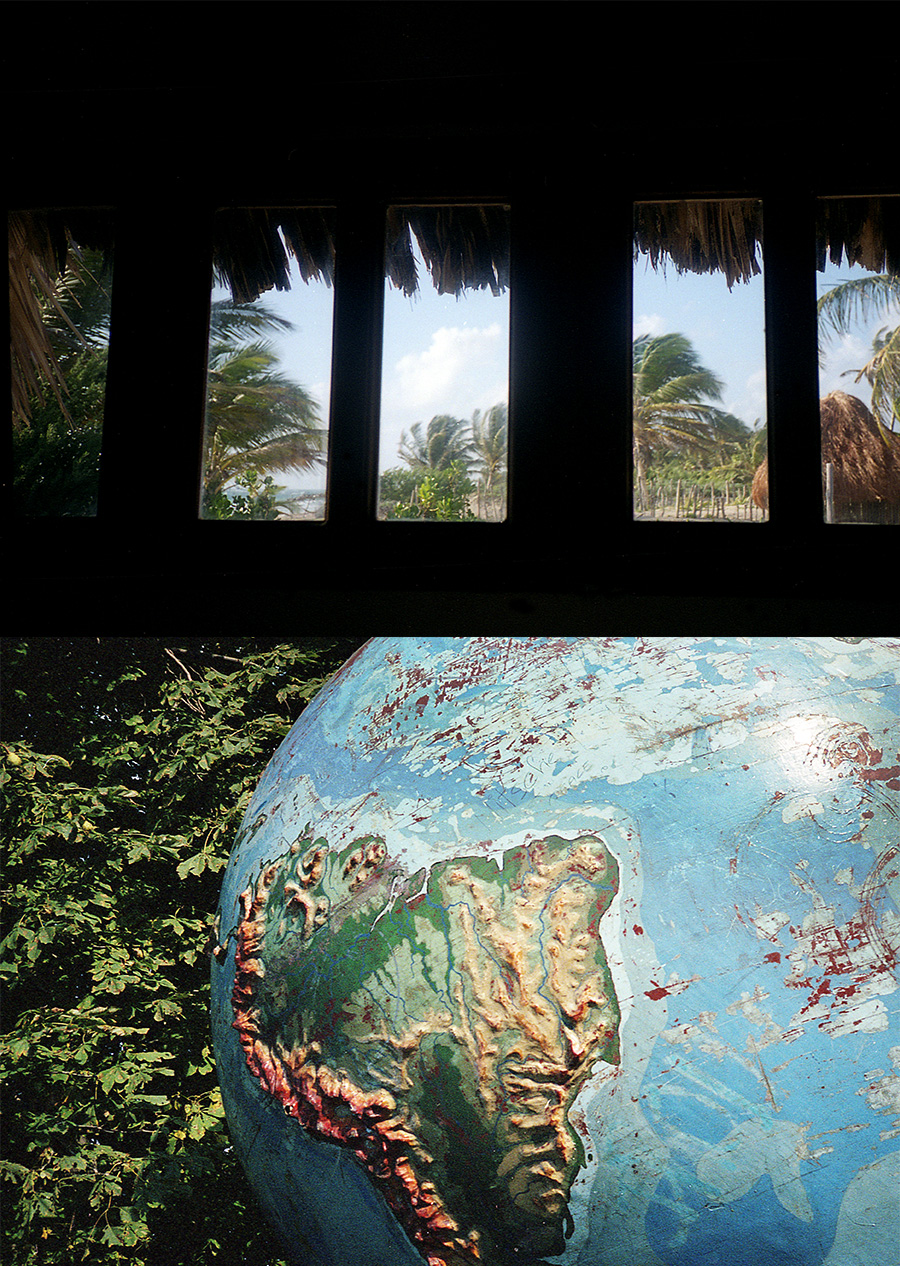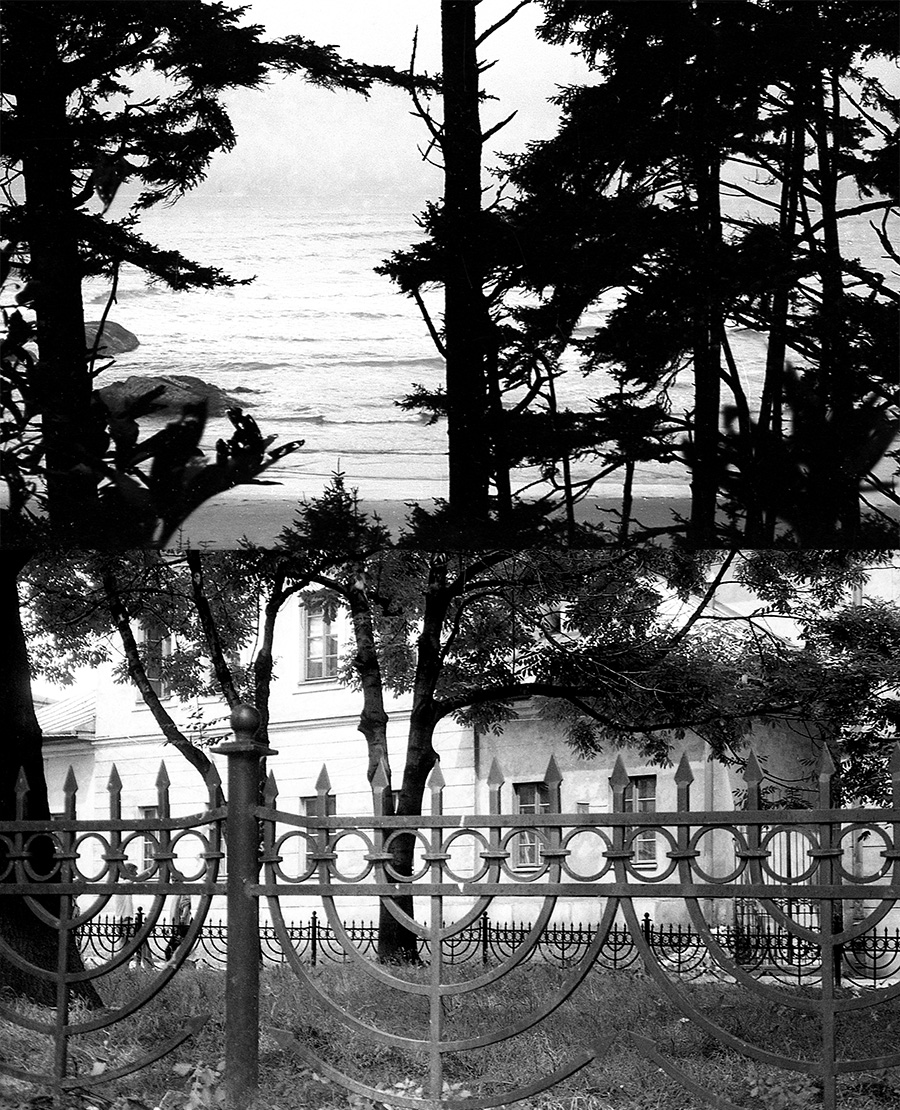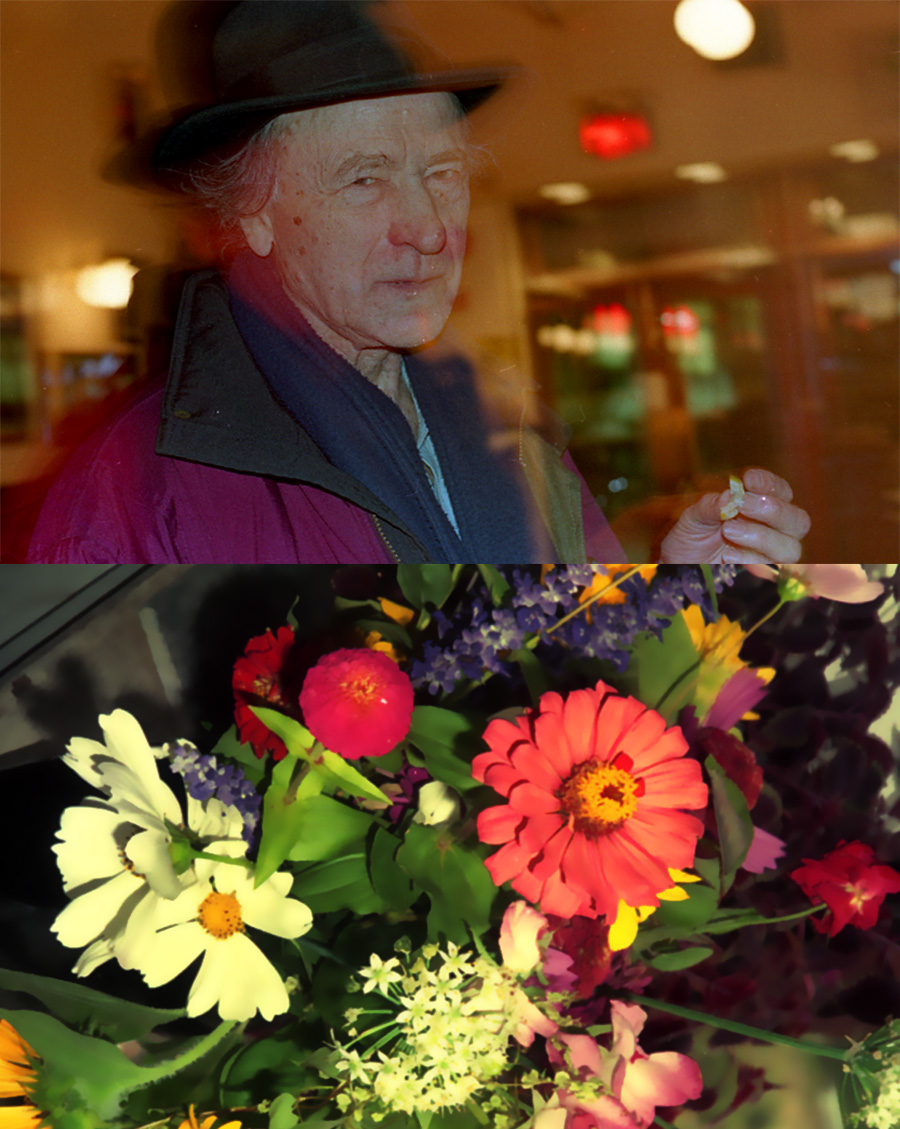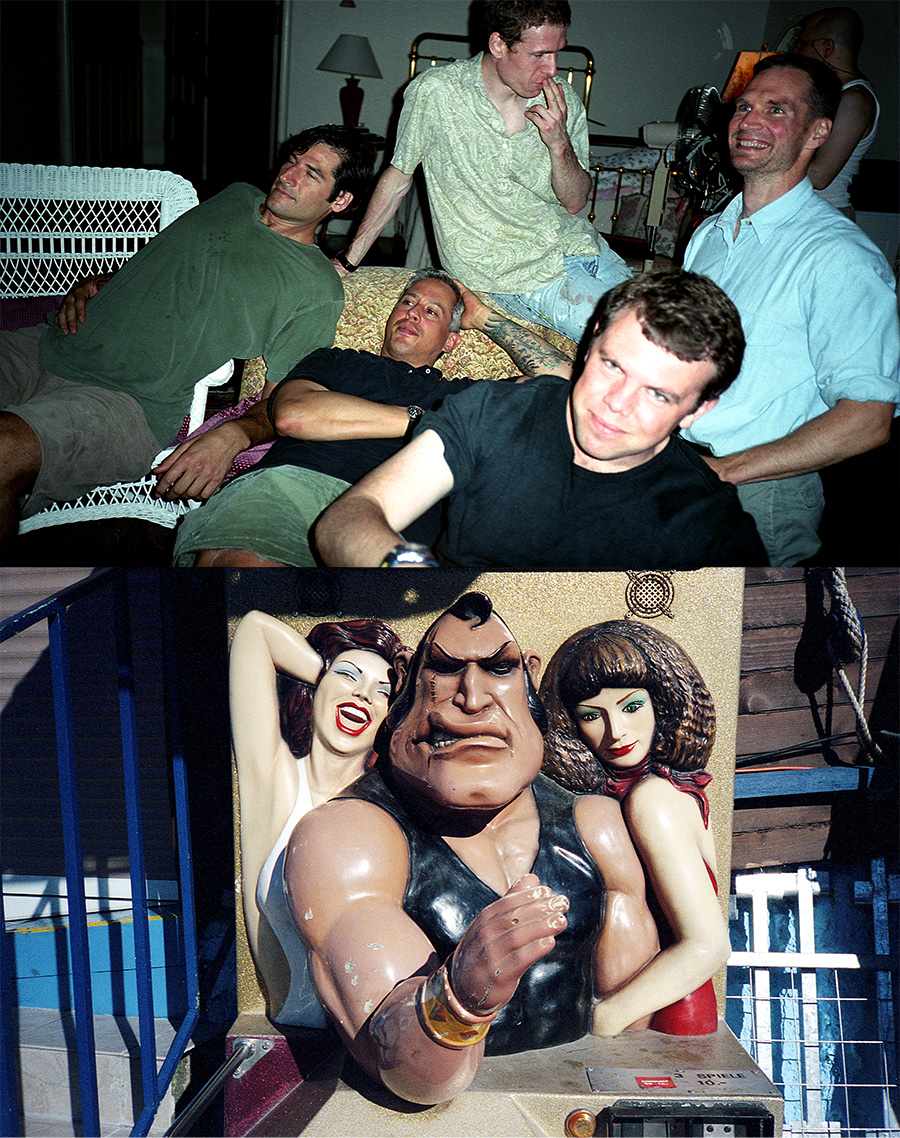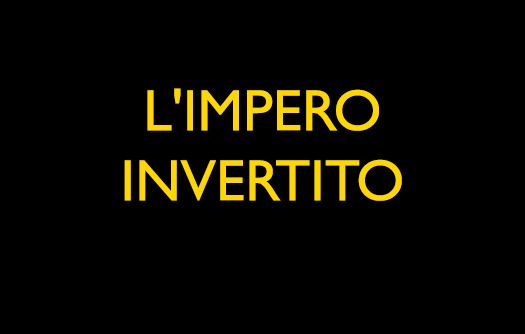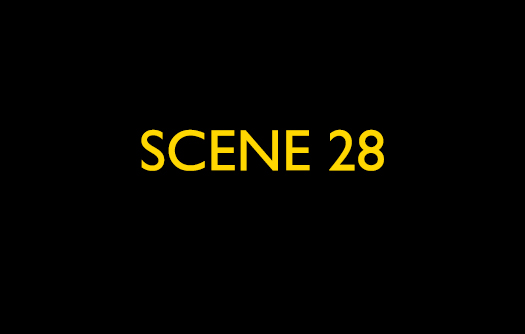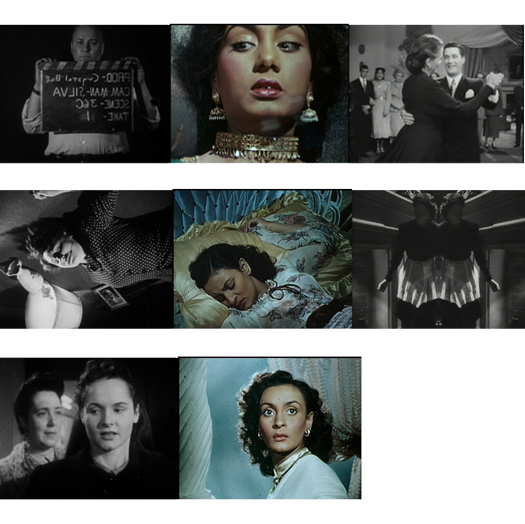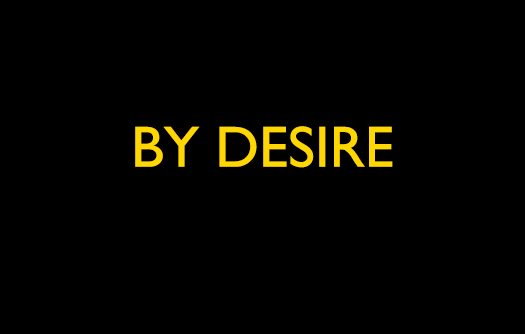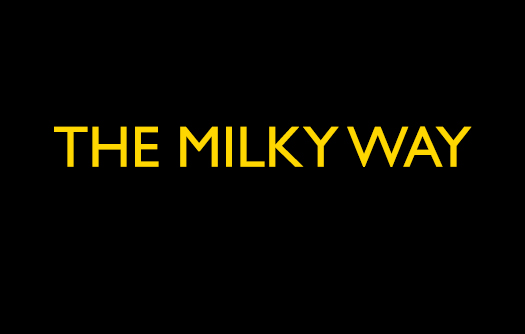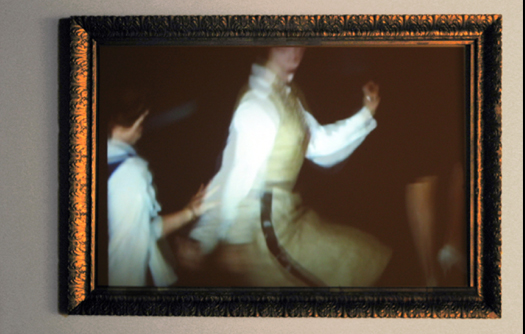Collages
The collages are related to my film work, particularly the encyclopedic PREFACES, MERCY and SURFACE NOISE. They are dynamic visually, even as they comment on consumer culture. They pick up on the excess of objects to create a new space, a new construction in/ and of our often chaotic, challenging crazy-paced culture. They are also handleable ways for me to think about image relations: here, on a two-dimensional plane as opposed to the 4 dimensions of film.
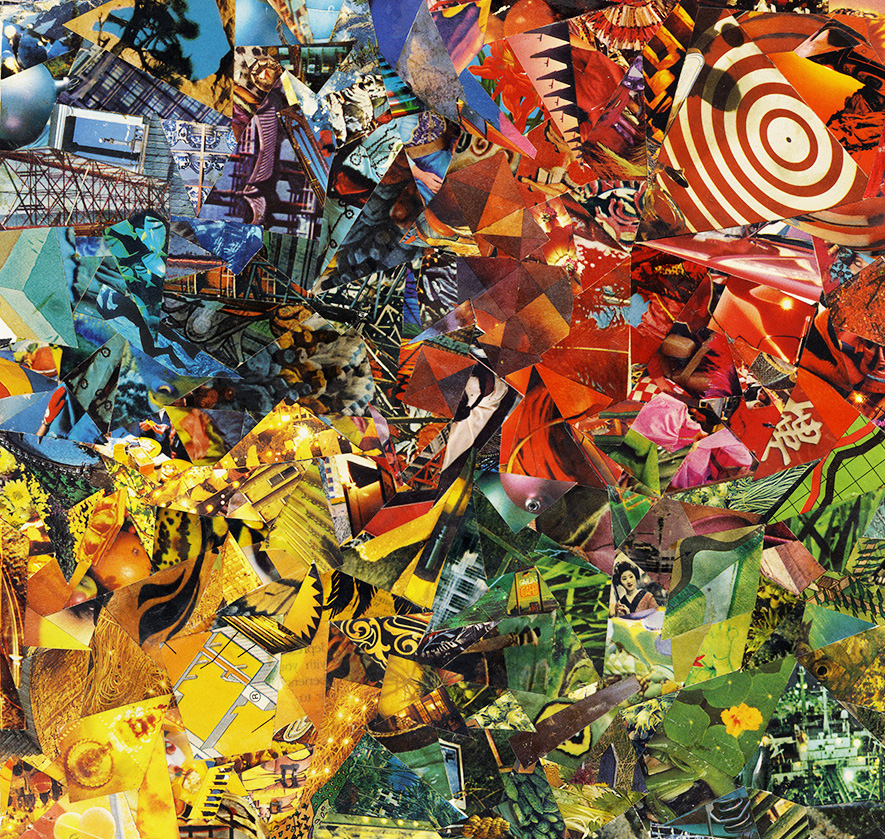
COLOR WHEEL
(with Henry Hills)
(9 x 9 inches)
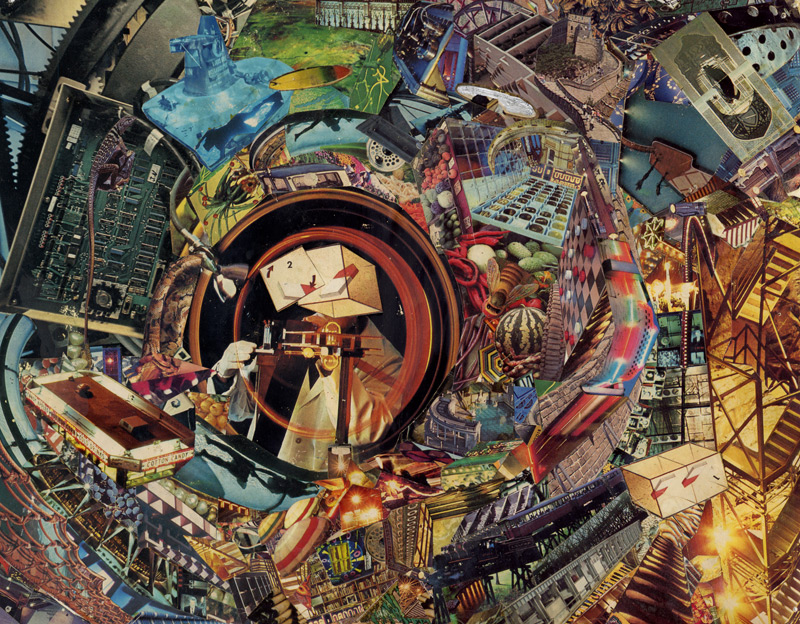
THE MAGICIAN
(with Henry Hills)
(1986, 8 x 10 inches)
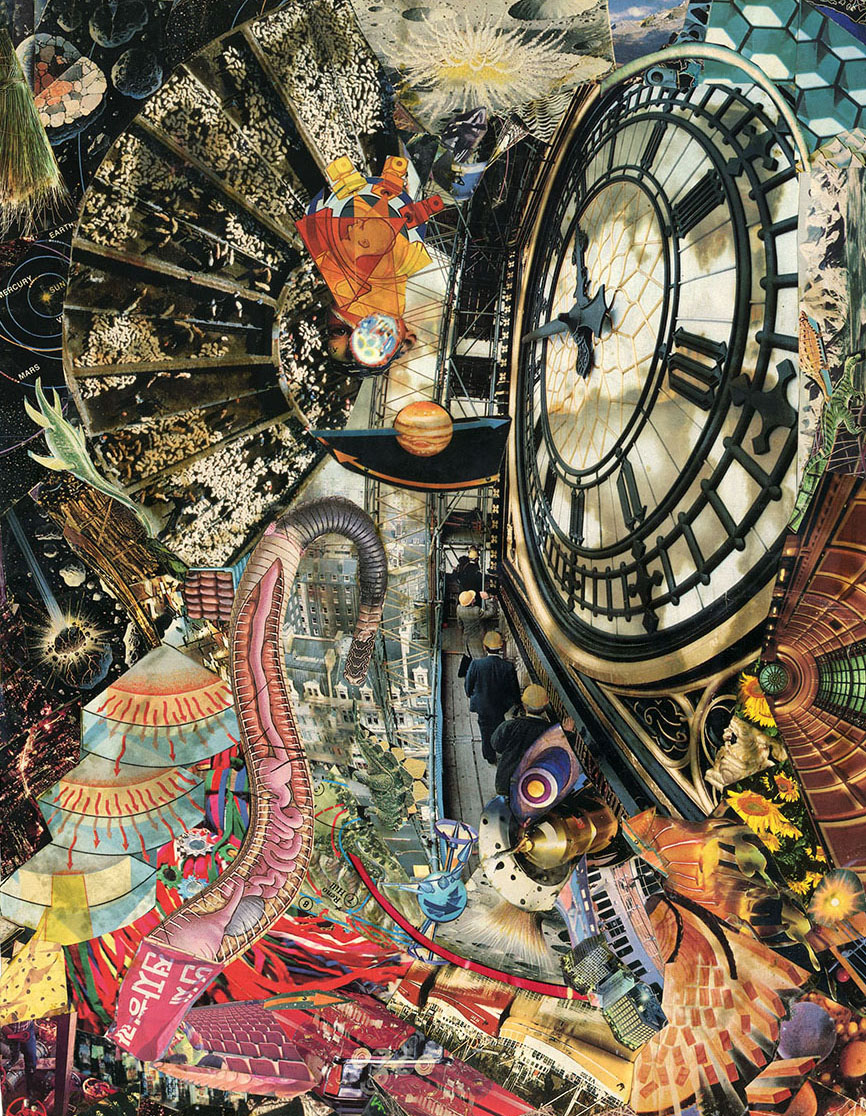
NEW MODERN TIMES
(1987; 8 x 11 inches)
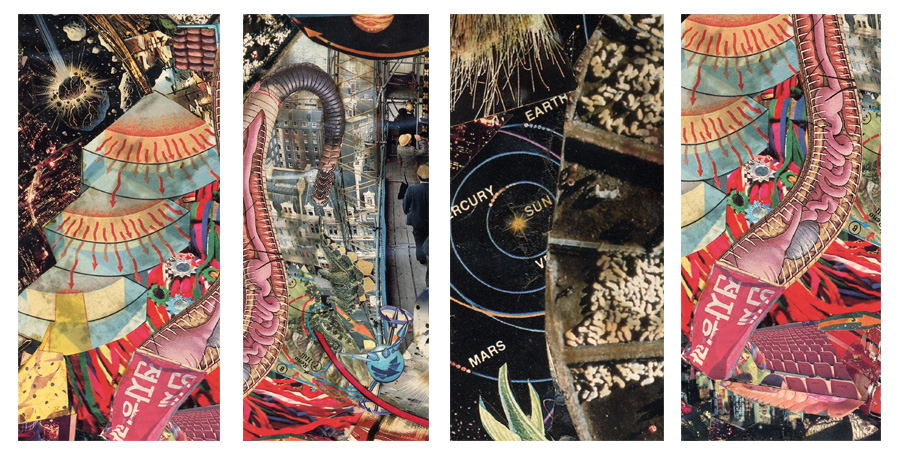
NEW MODERN TIMES
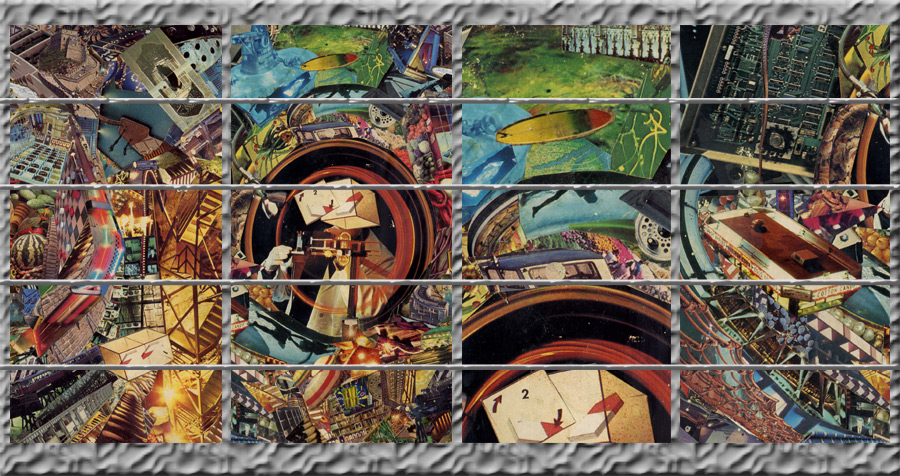
THE MAGICIAN
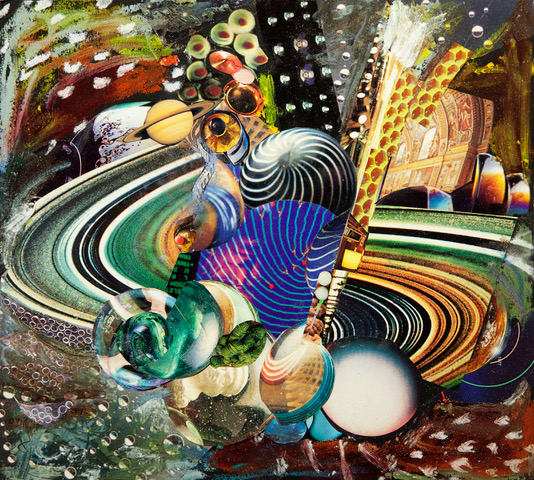
NEBULAR
(2012, 14 x 12.5 inches)
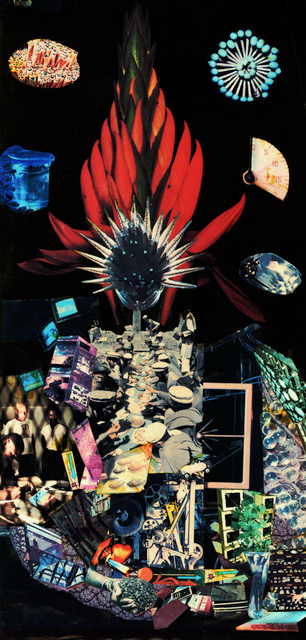
PLUME
(2008, 9.5 x 19.5 inches)

GANGLIA
(2012, 9.5 x 15 inches)
